Ice (and icy water) can actually make a burn worse, not better
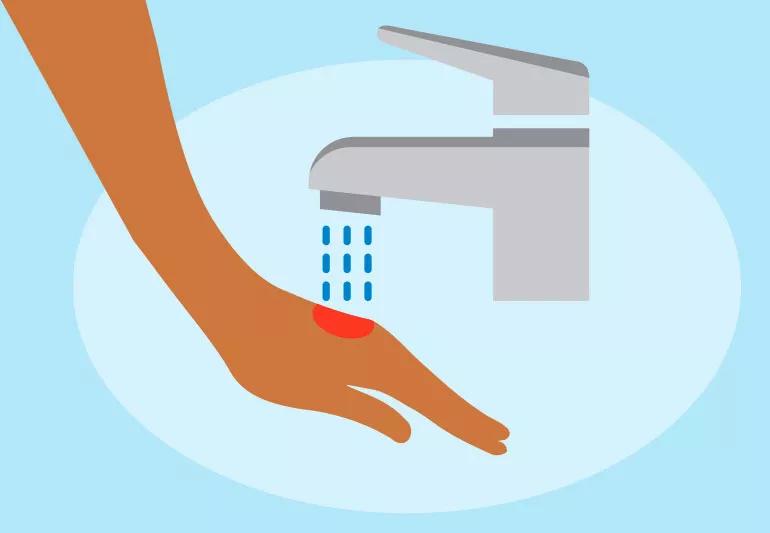
You feel a splash of boiling water, bump the edge of the hot stovetop or accidentally brush your ear with your curling iron. Ouch! When you feel the heat of a burn, your first instinct might be to cool it down — and the faster, the better.
Advertisement
Cleveland Clinic is a non-profit academic medical center. Advertising on our site helps support our mission. We do not endorse non-Cleveland Clinic products or services. Policy
But should you put ice on a fresh burn?
No.
Resist the urge to run to the freezer for an ice cube. Ice on a burn might seem like a good idea, but it can damage your skin. “Even ice-cold water can damage tissues and increase your risk of infection,” says urgent care physician Allan Capin, MD.
There’s a better way to handle a burn that won’t further traumatize your skin. Dr. Capin describes different types of burns and what to do to cool the heat, help the wound heal and minimize scarring.
Ice or very cold water on a burn decreases blood flow to the burnt area, which can reverse the healing process. According to Dr. Capin, the application of ice numbs the burn, which can lead to frostnip, a dangerous precursor to frostbite.
An ice burn is a bigger risk than you might think. “Because the skin is already damaged from the heat burn, you may not feel that the ice is making your skin too cold,” he adds. “That can lead to permanent blood flow problems.”
So, what should you do for a burn instead of ice or icy water? That depends on how bad your burn is.
A minor burn, also called a first-degree burn, is warm, red and painful, but there’s no blistering. You can get a first-degree burn from touching a hot object or getting splashed with a hot liquid. A sunburn with no blisters also falls into this category.
Advertisement
So, should you put ice on a minor burn? Dr. Capin says no.
Here’s how to ease the pain of a first-degree burn:
Get medical attention for a first-degree burn if it:
Even a first-degree burn can become infected, so if your burn starts taking a turn for the worse, go to urgent care or the emergency room. Symptoms to watch for include:
But here’s one thing that isn’t usually a cause for concern: Dr. Capin says the burned skin may turn a bit darker as it heals — and that’s just part of the healing process. With a minor burn, it usually isn’t anything to worry about.
A burn that causes a blister is a second-degree burn, and it’s more serious than a minor (first-degree) burn.
Here’s what to do (and not do) when you have a second-degree burn:
Second-degree burns are at risk of tetanus. If it’s been a while since your last tetanus shot, your healthcare provider may want to give you one.
Advertisement
If your skin is blackened or the burn goes down to the bone, you have a third-degree burn. This is a medical emergency, Dr. Capin says. Go straight to the emergency room.
A first- or second-degree burn may not seem like such a big deal. But burns are prone to infection, and second-degree burns usually leave a scar.
“Even if it’s a minor burn, it’s a good idea to go to urgent care,” Dr. Capin advises. “The right treatment will prevent damage to your skin and minimize the scar that’s left behind.”
Advertisement
Learn more about our editorial process.
Advertisement

Get quick relief with ice chips, popsicles, milk and saltwater

Establish rules and have a safety plan in place
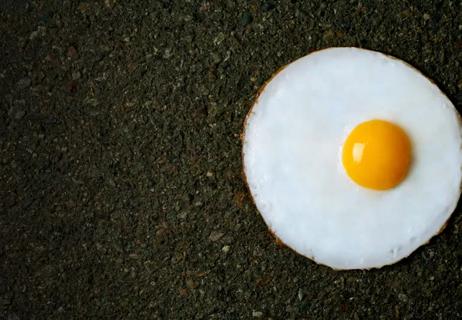
Be aware of the summer health hazard right under your feet
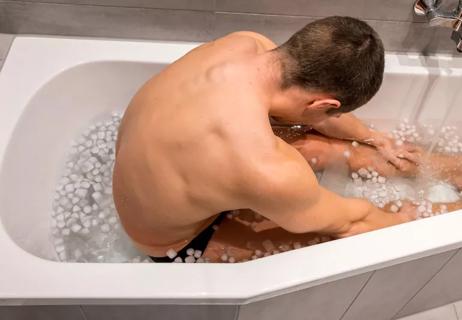
An ice bath can ease sore muscles and decrease inflammation after a workout
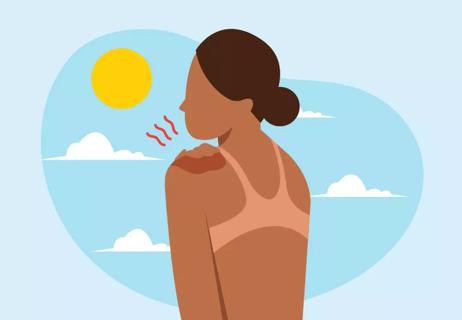
Resist the urge to peel, and treat your healing skin to some much-needed hydration

Ice, saline rinses, OTC pain meds and honey can all help soothe a troubled taster
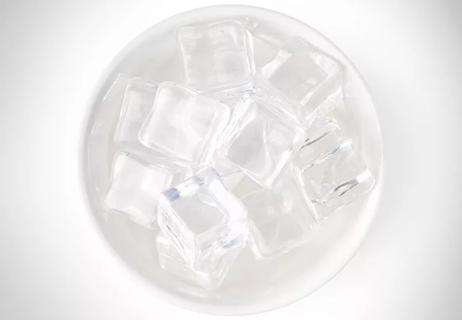
This simple trick can seriously reduce puffiness

What's best for your aches and pains?

Type 2 diabetes isn’t inevitable with these dietary changes

Applying a hot or cold compress can help with pain